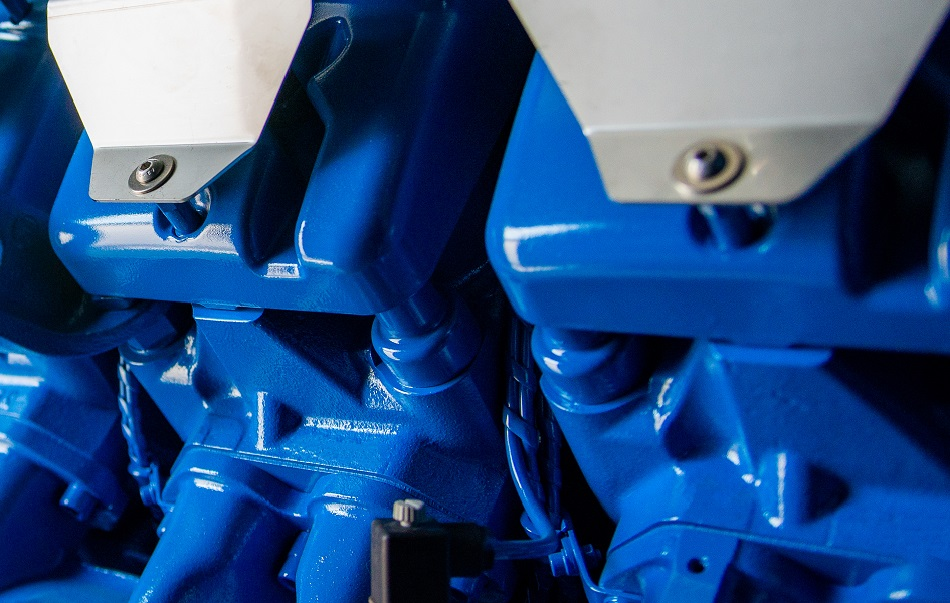
Image Credit: Mikhail Gnatkovskiy/Shutterstock.com
Combined heat and power (CHP) is a clean and efficient method of generating heat – or thermal energy – and power from a single fuel source. Combined heat and power is an integrated energy system that can be modified to suit the needs of the user. CHP can provide onsite generation of electricity as well as heating and cooling from the recovery of waste heat.
Also referred to as cogeneration, CHP can significantly increase operational efficiency and simultaneously decrease energy costs. CHP also reduces the emissions of greenhouse gases.
CHP System Components
The processes involved in any CHP system are outlined below.
- Cogeneration – This refers to the simultaneous production of electricity or mechanical energy with heating and/or cooling.
- Distributed generation – This refers to the way that energy is produced or close to the point of consumption, rather than in a central power generating station that also serves consumers across a broad regional area such as a country.
- Energy technologies – These include all of the technologies that maximize the efficiency of the CHP system in place. Technologies for waste heat capture, energy conversion, and energy generation are used in CHP systems.
Gas Turbine with Heat Recovery
Gas turbine CHP systems produce electricity by burning fuels such as biogas or natural gas. The heat from exhaust gases is captured using a heat recovery unit. The captured exhaust heat is converted into useful thermal energy in the form of hot water or steam. Gas turbine combined heat and power systems are ideal for large commercial and industrial CHP applications where large amounts of both heat and electricity are required.
.jpg)
Gas turbine- or internal combustion engine-based CHP systems. Image Credit: EPA
Steam Boiler with Steam Turbine
Unlike in a gas turbine CHP system where the by-product of power generation is heat, steam turbines primarily produce heat or steam and electricity is a by-product. Steam turbine CHP systems are normally used in industrial processes where waste products or solid fuels are easily available to power the steam boiler unit.
.jpg)
Steam boiler- or steam turbine-based CHP systems. Image Credit: EPA
Biomass Combined Heat and Power
Out of all renewable energy sources such as solar and wind energy, only biomass can be used to fuel a CHP system for the generation of power and heat.
A cost-effective method to sourcing biomass for combined heat and power is to use opportunity fuels. Opportunity fuels include biomass such as wood and combustible agricultural wastes, biogas produced in an anaerobic digester and the by-product of the pulping process commonly referred to as black liquor.
Using these opportunity fuels which are available close to or at the CHP site may also have added benefits such as reducing tipping fees related to waste disposal, freeing up landfill space, and minimizing the use of fossil fuels for the generation of power and heat.
The Benefits of CHP
CHP is a clean and efficient way to produce thermal energy and power from one single source of fuel. CHP systems typically achieve total system efficiencies of up to 80 percent for generating electricity and thermal energy by using heat recovery technologies to capture waste heat.
CHP systems also offer significant environmental benefits. By capturing and using waste heat from the generation of electricity, CHP systems require less fuel to generate a given energy output than with separate power and heat. Since less fuel is being used, a reduction in the emission of harmful greenhouse gases such as carbon dioxide can be achieved.
This article was updated on 24th February, 2020.
Disclaimer: The views expressed here are those of the author expressed in their private capacity and do not necessarily represent the views of AZoM.com Limited T/A AZoNetwork the owner and operator of this website. This disclaimer forms part of the Terms and conditions of use of this website.